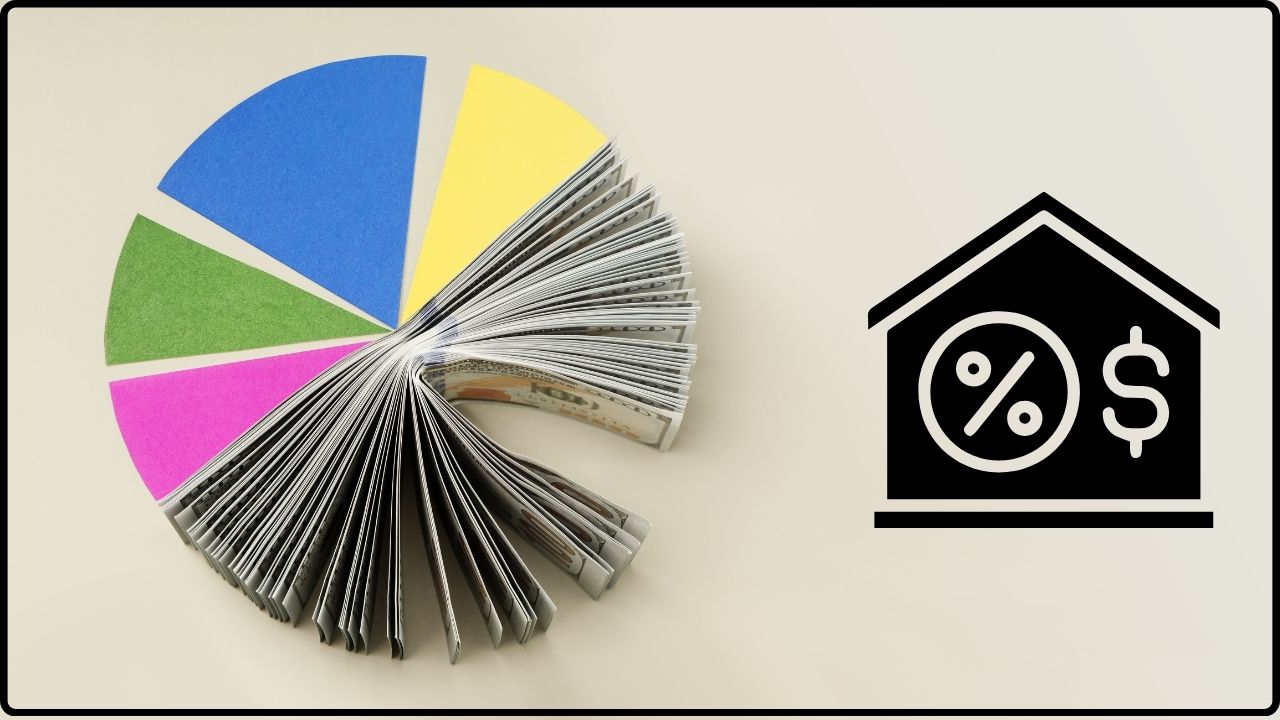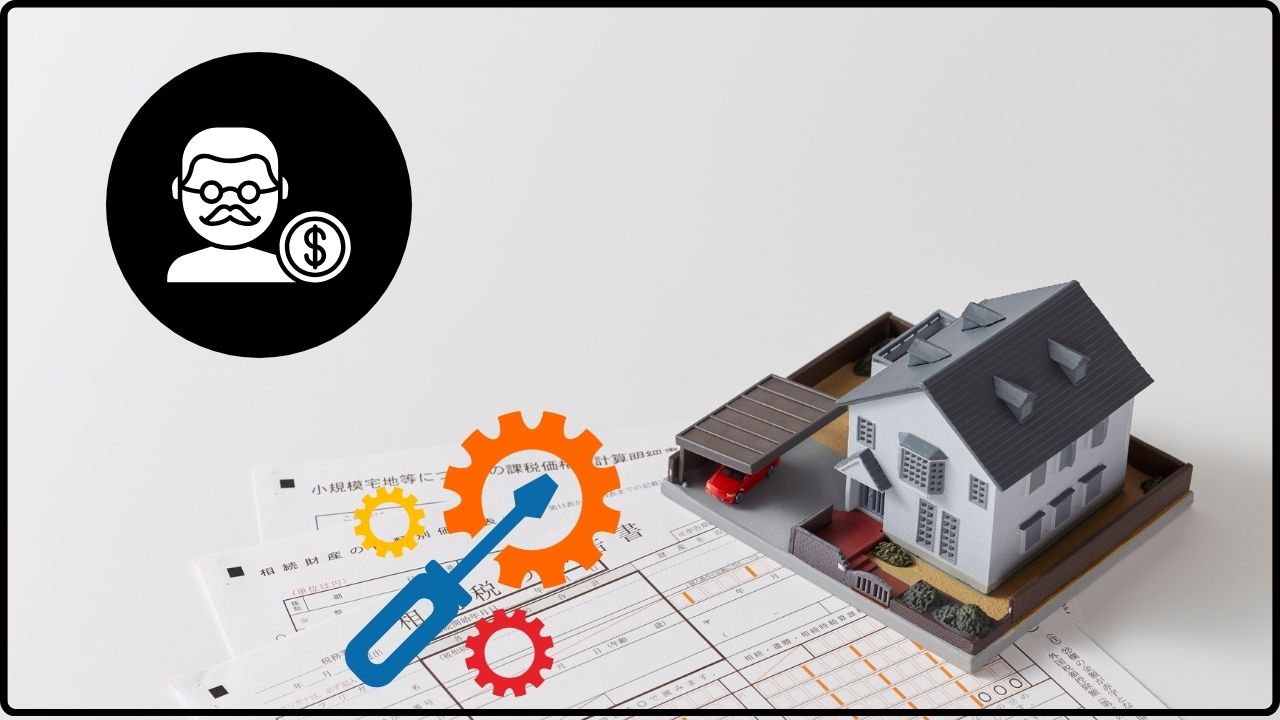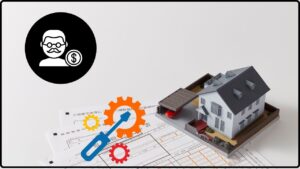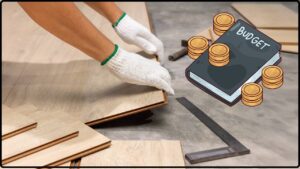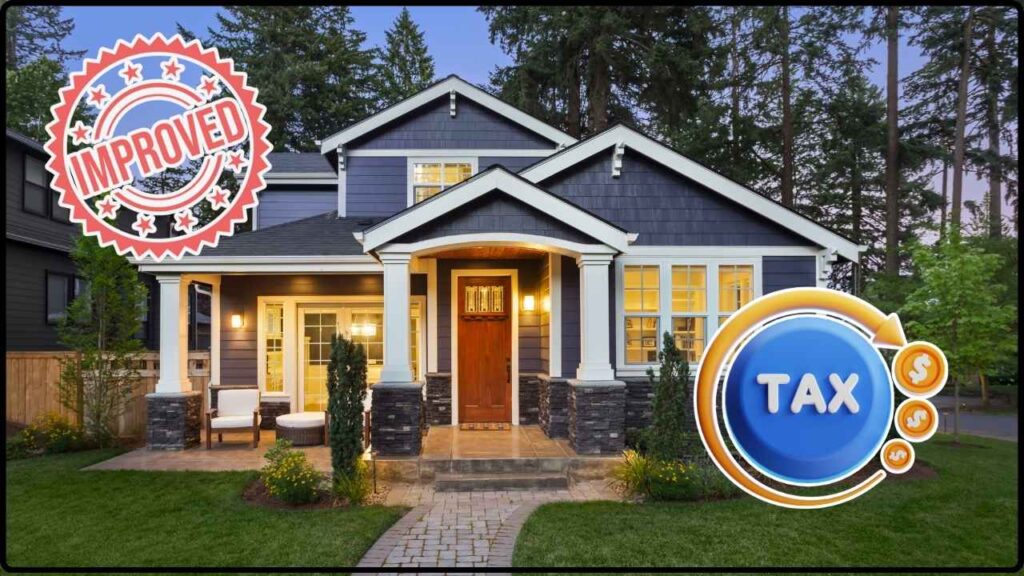
Are Home Improvements Tax Deductible? When it comes to home improvements and taxes, many Americans wonder if spending money to upgrade their homes can ease their tax burden. The quick answer: most of the time, home improvements are NOT tax deductible as an expense in the year you pay for them. That said, the real story is much richer. Certain energy-efficient upgrades, medically necessary modifications, and capital improvements can earn you valuable tax credits or deductions, while some improvements can reduce what you owe in taxes when you sell your home. This guide will help you navigate the tax maze of home improvements in 2025, breaking it down clearly for homeowners, professionals, and even the tax newbie.
Table of Contents
Are Home Improvements Tax Deductible?
So, are home improvements tax deductible? The answer lies in understanding the IRS distinctions. Most personal home improvements won’t give you an immediate tax deduction, but energy-efficient upgrades come with generous tax credits, medically necessary modifications offer deductions, and capital improvements reduce capital gains tax when you sell. Business-related home office expenses might also be deductible if you qualify. Smart record-keeping and planning home projects can maximize your financial benefits from these tax provisions, making your home upgrades not only a quality-of-life investment but a savvy tax strategy. Thinking about home upgrades in 2025? Now is the moment to act smart, save big, and enjoy peace of mind with your taxes.
| Category | Tax Benefit | Notes |
|---|---|---|
| Energy Efficient Tax Credit | Up to $3,200 credit covering 30% of costs for qualified energy-efficient improvements | Includes solar panels, heat pumps, insulation, windows, with yearly limits on certain items |
| Capital Improvements | Adds to your home’s cost basis, reducing capital gains tax when you sell the home | Must substantially add value or extend useful life; not deductible in the year of improvement |
| Medical Home Modifications | Deductible as medical expenses if primarily for medical care | Must not increase home value or only deductible for cost above increase |
| Home Office / Business Use | Portion of improvements proportional to business use of home may be deductible | Applies only to exclusive and regular business usage |
What Are Home Improvements Tax Deductible??
IRS rules generally prevent you from deducting amounts spent on home improvements (like painting or remodeling your kitchen) in the year you pay for them, unless the costs fall into specific categories. Here are the main exceptions:
- Energy Efficient Home Improvement Tax Credits
- Capital Improvements for Reducing Capital Gains Tax
- Medical and Disability-Related Home Modifications
- Business Use of Home Deductions
Knowing which bucket your improvement falls into can maximize your tax benefits.
Understanding Tax Credits vs. Tax Deductions
Before diving further, one key difference:
- Tax Credits reduce your tax bill dollar-for-dollar. For instance, a $1,000 credit saves you $1,000 in taxes.
- Tax Deductions reduce your taxable income, which then lowers your tax bill based on your tax bracket. For example, a $1,000 deduction in the 24% tax bracket saves $240 in taxes.
Energy-efficient home improvements usually qualify for tax credits; medically necessary modifications are often deductions, as is some business-related home office expense.
Step-By-Step Guide to Tax Benefits From Home Improvements
Energy Efficient Home Improvement Tax Credit 2025
This is the shining star of home improvement tax benefits in 2025. The federal government offers a substantial credit of up to $3,200 for energy-saving upgrades made between January 1, 2023, and December 31, 2025.
Qualifying Improvements Include:
- Solar panels and solar water heaters
- Heat pumps and furnaces meeting Energy Star efficiency standards
- Biomass stoves and boilers
- Energy-efficient windows and doors
- Insulation and air sealing
- Certain roofing and HVAC upgrades
This credit covers 30% of qualified expenses with detailed limits:
- Up to $1,200 annually for energy-efficient envelope improvements such as doors, windows, insulation, and related home energy audits.
- Up to $2,000 annually for heat pumps, heat pump water heaters, biomass stoves, and biomass boilers.
- Annual cap of $3,200 combining both categories.
Important updates for 2025:
- Roofs no longer qualify for this credit, but air sealing and insulation have been emphasized.
- Eligible properties now include not only your primary residence but also secondary homes.
- To claim the credit, products must be from qualified manufacturers, and you must report specific product identification numbers on your tax form.
How to Claim:
- Use IRS Form 5695 to claim the credit on your tax returns.
- Keep all receipts, manufacturer certifications, and energy audit reports as proof.
- The credit applies to improvements “placed in service” (installed and ready to use) between Jan 1, 2023, and Dec 31, 2025.
Why this matters:
Not only does this credit put real cash back in your pocket, but it promotes energy conservation, which helps reduce monthly utility bills and benefits the environment.
Capital Improvements Can Lower Capital Gains Tax When You Sell Your Home
Capital improvements are key for anyone thinking long-term about their home’s value and tax exposures. While these costs aren’t deductible in the current tax year, they importantly increase your home’s cost basis—which reduces your capital gains tax liability when you sell your home.
What Qualifies as a Capital Improvement?
- Structural additions such as rooms, decks, garages
- Major system upgrades including HVAC, plumbing, electrical
- Remodeling kitchens, bathrooms, or basements
- Roofing, exterior siding, and window replacements
- Installation of pools, fences, and other permanent fixtures
What Does Not Qualify?
- Routine maintenance like painting, fixing leaks, cleaning gutters
- Repairing broken appliances or fixtures
Practical Example:
If you bought your home for $300,000 and invested $50,000 in renovations, your adjusted cost basis is $350,000. If you later sell it for $500,000, you only pay capital gains tax on $150,000 instead of $200,000—a significant tax saving.
Key Tips:
- Keep meticulous records of all capital improvements including dates, costs, and descriptions.
- Ensure improvements add value or prolong the home’s life—this is required for IRS qualification.
- Consult a tax professional when preparing to sell your home to accurately apply these improvements to your cost basis.
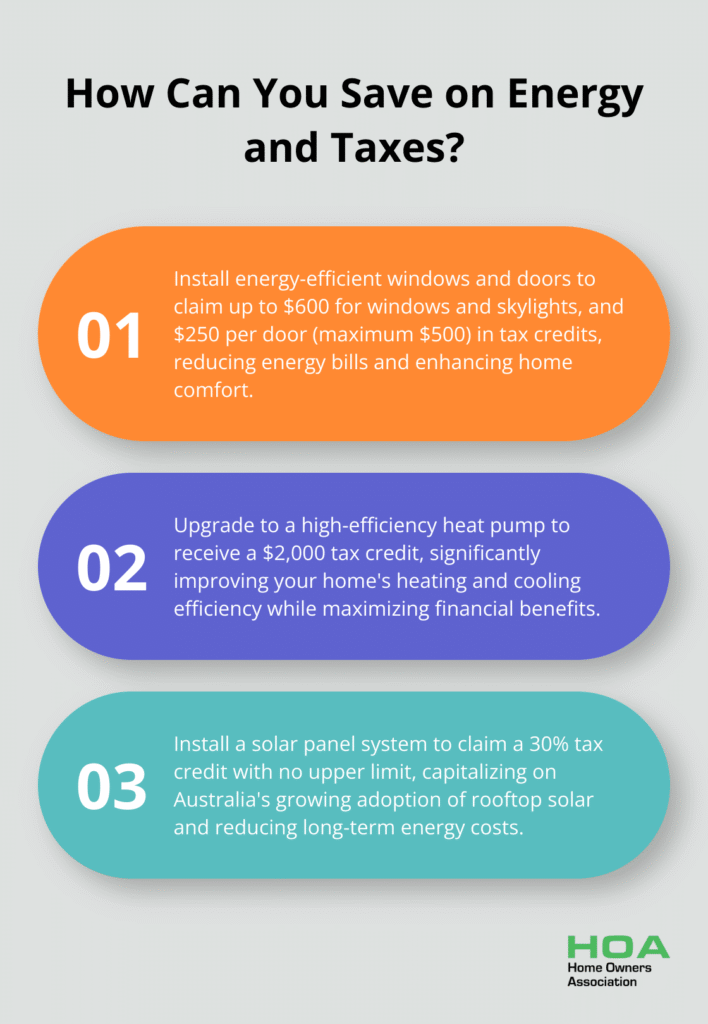
Medical Home Improvements: Tax Deductions That Improve Life
Tax law recognizes the importance of home modifications made primarily for medical reasons. These costs can be deductible as medical expenses on your tax return to the extent they don’t increase your home’s value or above the increased value threshold.
Examples include:
- Ramps or wheelchair lifts
- Widening doorways for accessibility
- Installing grab bars, rails, or walk-in bathtubs
- Modifying counters and sinks for disability access
- Specialized alarms or warning systems for health conditions
Conditions for Deductibility:
- A doctor’s prescription or recommendation confirming medical necessity.
- Documentation of expenses and how they relate to health conditions or disabilities.
- Calculation of the amount by which the modification exceeds any increase in property value (only that amount is deductible).
Why It Matters:
These deductions provide real relief for families adapting their homes for better health and safety, reducing the financial burden of medical necessities.
Business Use of Home: Deductions for Home Office Improvements
If you work from home or maintain a business based on your residence, the IRS provides provisions to deduct business-related home improvement expenses.
Key rules:
- The area must be used exclusively and regularly for business.
- Deductions are proportional to the percentage of your home used for business.
- Repairs and improvements that directly impact the office space—new flooring, painting, electrical upgrades—can be partly deductible.
- General home improvements aren’t deductible unless they relate directly to the workspace.
Taxpayers use Form 8829 or business schedules to claim these deductions and must keep detailed records of costs and space calculations.
Other Considerations for Homeowners
- Distinguishing Repairs vs. Improvements: Repairs are maintenance costs and typically not deductible for personal residences, but may be for rental or business properties. Keeping detailed records helps classify costs properly.
- Disaster-Related Deductions: If your home is in a federally declared disaster area, casualty or theft losses related to repairs or rebuilding might qualify for additional deductions.
- State and Local Incentives: Besides federal tax benefits, some states offer rebates, credits, or deductions for energy-efficient upgrades or historic restorations. Check local resources.
- Historic Homes: Restorations of certified historic properties may qualify for special tax credits if renovations follow preservation guidelines.
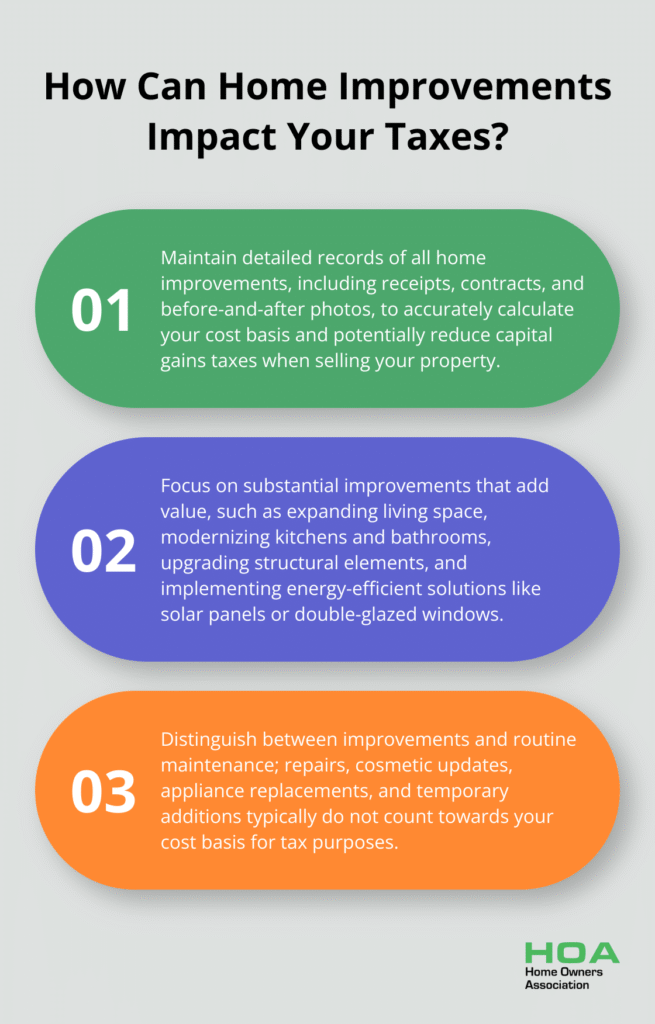
A Homeowner’s Guide to HVAC Financing: The Pros and Cons of Your Options
How to Pay for an Emergency Plumbing Disaster (When You Have No Savings)
Repair vs. Replace: A Financial Breakdown of an Aging AC Unit



